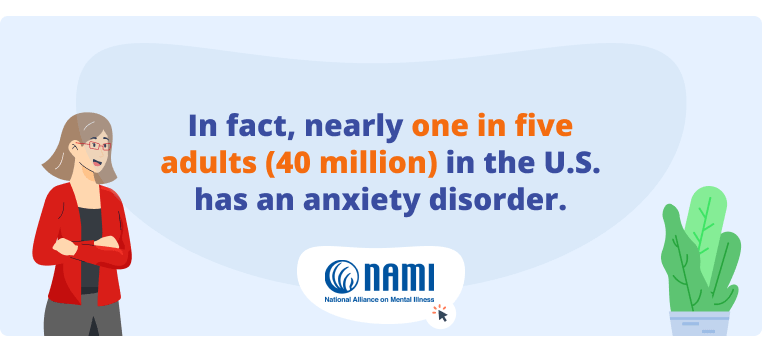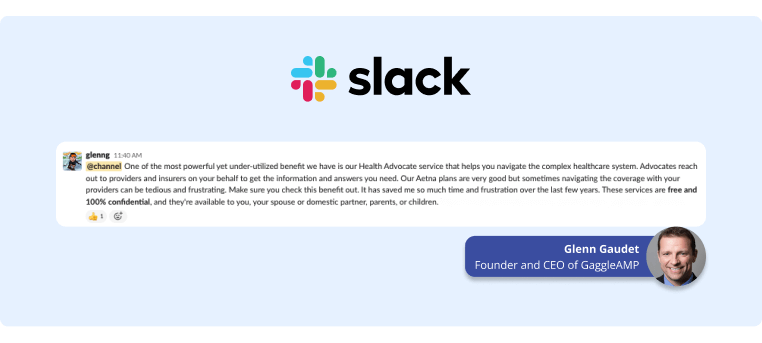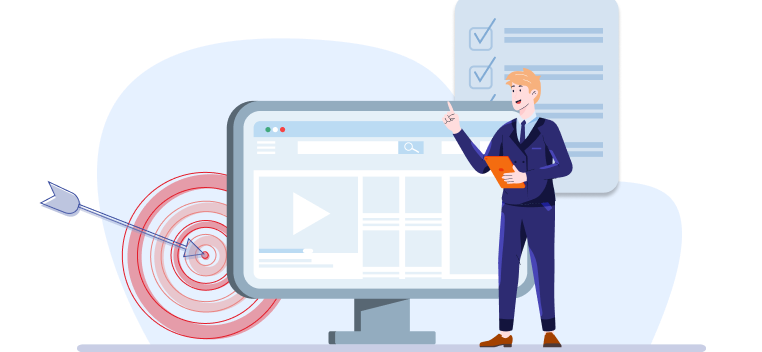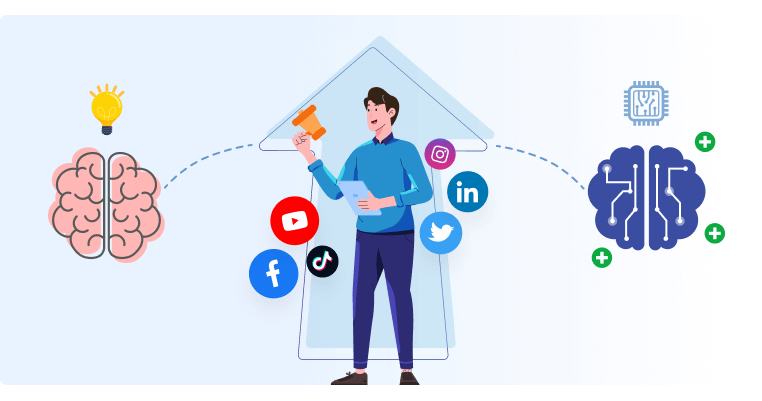Supporting Anxious Employees in the Workplace in 2024
Anxiety disorders are currently the most common mental health issue in the world. In fact, nearly one in five adults (40 million) in the U.S. has an anxiety disorder.

From social media pressures to a reduction in green spaces, there are so many reasons that anxiety is on the rise.
It’s a mental illness that’s about more than just nerves. If left untreated, it can become debilitating in everyday life.
If you’re in charge of a workforce, it’s vital you provide support for anxious employees. But what can you do to ease their worries? Here are some top tips to get you started.
Start With Mental Health Training
As a CEO or office manager, it’s your responsibility to provide employees with mental health training. Three-quarters of Canadians want their workplace to address mental health and provide better support, and that all begins with education. Not only should you go through training yourself, but so should your senior members of staff. Ensure you and they know:
- What mental illness is
- The signs and symptoms of mental illness
- Why it’s important to prioritize it in the workplace
- How to provide support
When employees know that their managers understand anxiety and how to help, they’ll feel much more secure in their workplace. If you have the budget, provide the same training for all staff. This will place a greater importance in supporting anxious employees and others with mental health struggles throughout your organization.
Lead by Example
One of the crucial aspects of a supportive work environment is open communication. You want your staff to be honest when they’re suffering from anxiety and to speak out so that they can get the help they need. But, you must lead by example.
If you feel comfortable, let your team know of any mental health struggles you yourself have dealt with. Open up a dialogue with staff about how they’re feeling, checking in with employees on their state of mind and well-being.
Adopt an open door policy where possible, and ensure your staff know they can always come to you when they need help. If you can show that it’s okay to be honest about mental health, your employees will feel much safer doing the same.
Educate Yourself on How To Provide Support
When employees come to you for help, sometimes you need to do more than just listen. Anxiety is a serious mental health concern, and you need to provide real support for your employees. It’s vital you educate yourself on how to do this.
“For those prone to anxiety disorder, the symptoms are frequent, long lasting, and are not necessarily connected to a specific event,” explains Centre For Health and Healing. “This can cause distress because they negatively impact a person’s daily functioning and quality of life.”
Find information on therapists and treatment center facilities so that you’re ready to direct staff to the places they can get help. If you use a PEO or even give access to medical coverage for your employees they will have this information readily available. Many medical insurance providers also have health advocate access that can help you, or your employees, find providers.

Also, learn what can aid in reducing anxiety, such as meditation and exercise, so that you can give your employees evidence-based advice. Know who to get in touch with if the situation is serious and how you can make their work life easier to alleviate their worries.
Remember, though, that sometimes a member of staff simply wants to be heard and understood. They may not be looking for therapists or how to treat anxiety, but simply someone to lean on when the going gets tough. Recognize triggers that induce anxiety too and make a concerted effort to curb those triggers.
Trauma experienced with other employers can, and does, trigger an anxious employee in a new workspace, even if it’s not intentional. Don’t forget, ask the employee if they want advice or referrals before offering them to avoid causing any offense.
Raise Awareness of Mental Health Issues
You may have members of staff with anxiety who will never show it. In these cases, you can offer your support from afar by demonstrating your awareness of mental illness.
Create posters for your office that give tips on how to look after your mental well-being, and celebrate days such as World Mental Health Day. Some organizations celebrate a day or even a week of mental health by closing their offices, effectively causing all employees to take a time out.
.png?width=762&height=639&name=HubSpot%20Unplugged%20(1).png)
Announcing "HubSpot Unplugged:" A New Initiative To Help Employees With Burnout
By simply putting in the effort to address mental health in the workspace, you could support anxious employees and make them feel more comfortable.
Allow for Flexibility and Remote Work
Being flexible with working hours can alleviate a lot of stress for anxiety sufferers. If you can, let your staff know that they can take a mental health day here and there or come in late/leave early if they’re not feeling their best.
Be sure to emphasize that the work needs to be done but that you’re happy for them to do it when they can rather than always follow office hours.
Many companies also offer remote work now. For those with anxiety, being able to work from home when they’re feeling off is a big bonus! Take the time to review your organization and see if remote work capabilities are an option.
Don’t Discriminate Against Anxiety
Discrimination against people with anxiety shouldn’t be happening in the modern world, but yet it is. In fact, anxiety and PTSD are the leading conditions contributing to a 20% increase in mental health discrimination charges in the U.S. in 2021 when compared to 2010.

Anxiety, PTSD Drive Rise in Mental Health Employment Bias Claims
Don’t penalize those who need to work from home more because of mental health or have to take time off for treatment.
Not only does this create a negative view towards anxiety in your work environment, but employees are also likely to seek a more supportive employer.
You may even end up with a lawsuit, as many countries now cover mental illness in their office discrimination acts.
Create a Light and Stress-free Environment
The environment you create for people to work in can have a huge impact on their mental health. To reduce anxiety and promote positivity, focus on designing a calm, open space that’s not overly stimulating.
Avoid using lots of bright colors and cluttered decor, instead opt for neutral tones and maximize natural light. Adding houseplants to your office can also boost well-being and create a more pleasant environment.
If you have the room, create quiet zones where staff can go to have a minute to relax and unwind during the work day.
Final Words
Anxiety is prevalent around the world, and it’s likely that it’s in your workplace, too. Be sure to support your employees by implementing the tips in this article. Together, we can create a world that’s better for everyone’s well-being.











